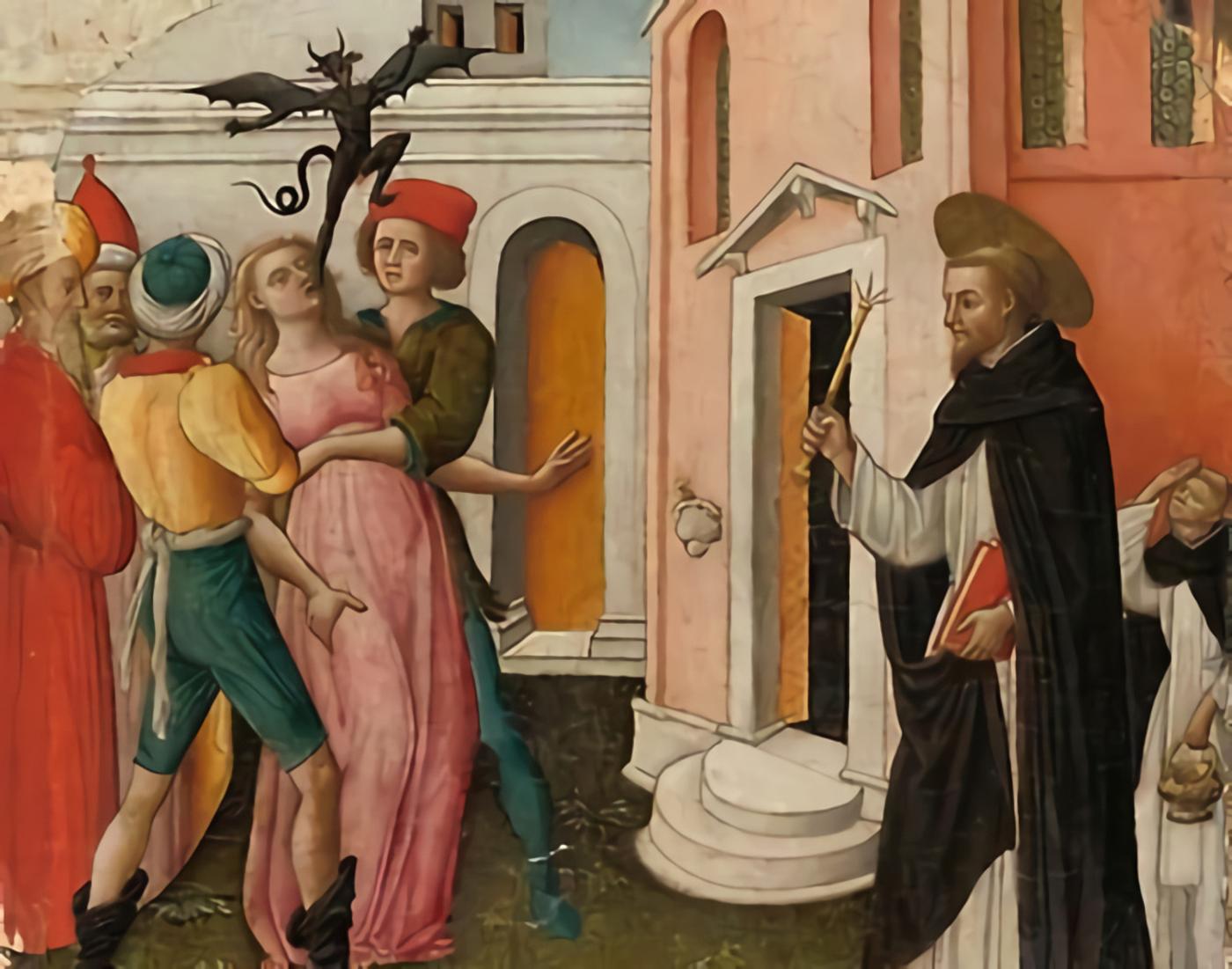Martha Brossier: The Woman Who Claimed Demon Possession
Martha Brossier was seized by the demon. At least, she succeeded in convincing most people of that in the early 1600s. Until Beelzebub specialists learned about her.

Martha Brossier was seized by the demon. At least, she succeeded in convincing most people of that in the early 1600s. Until Beelzebub specialists learned about her.

